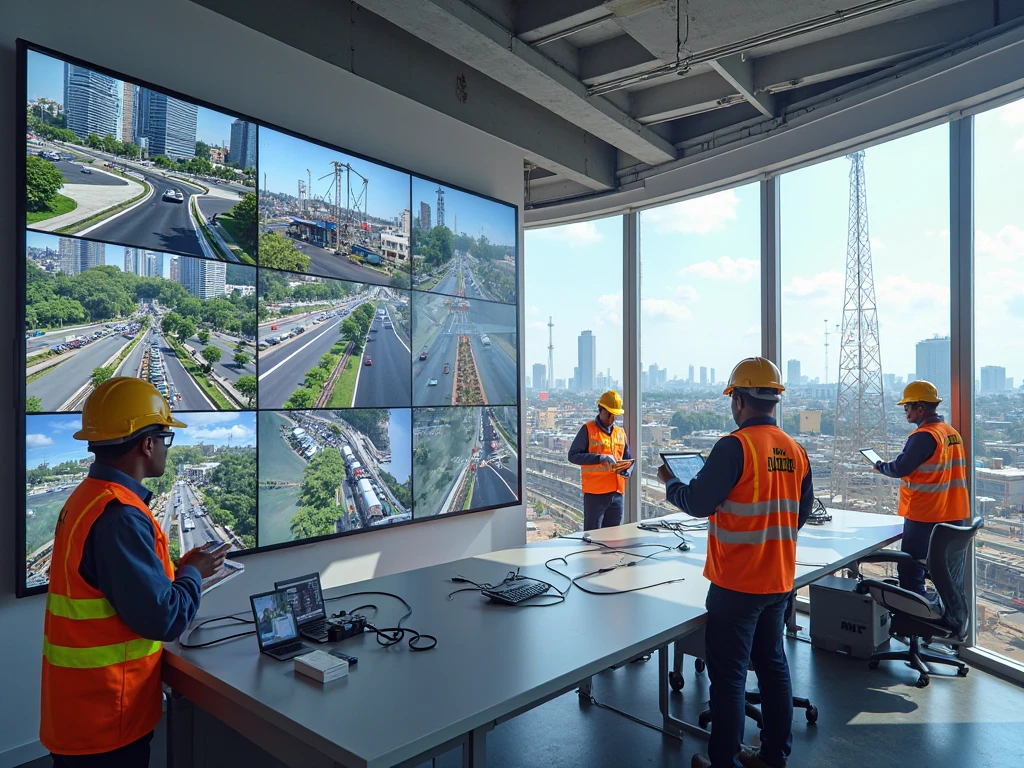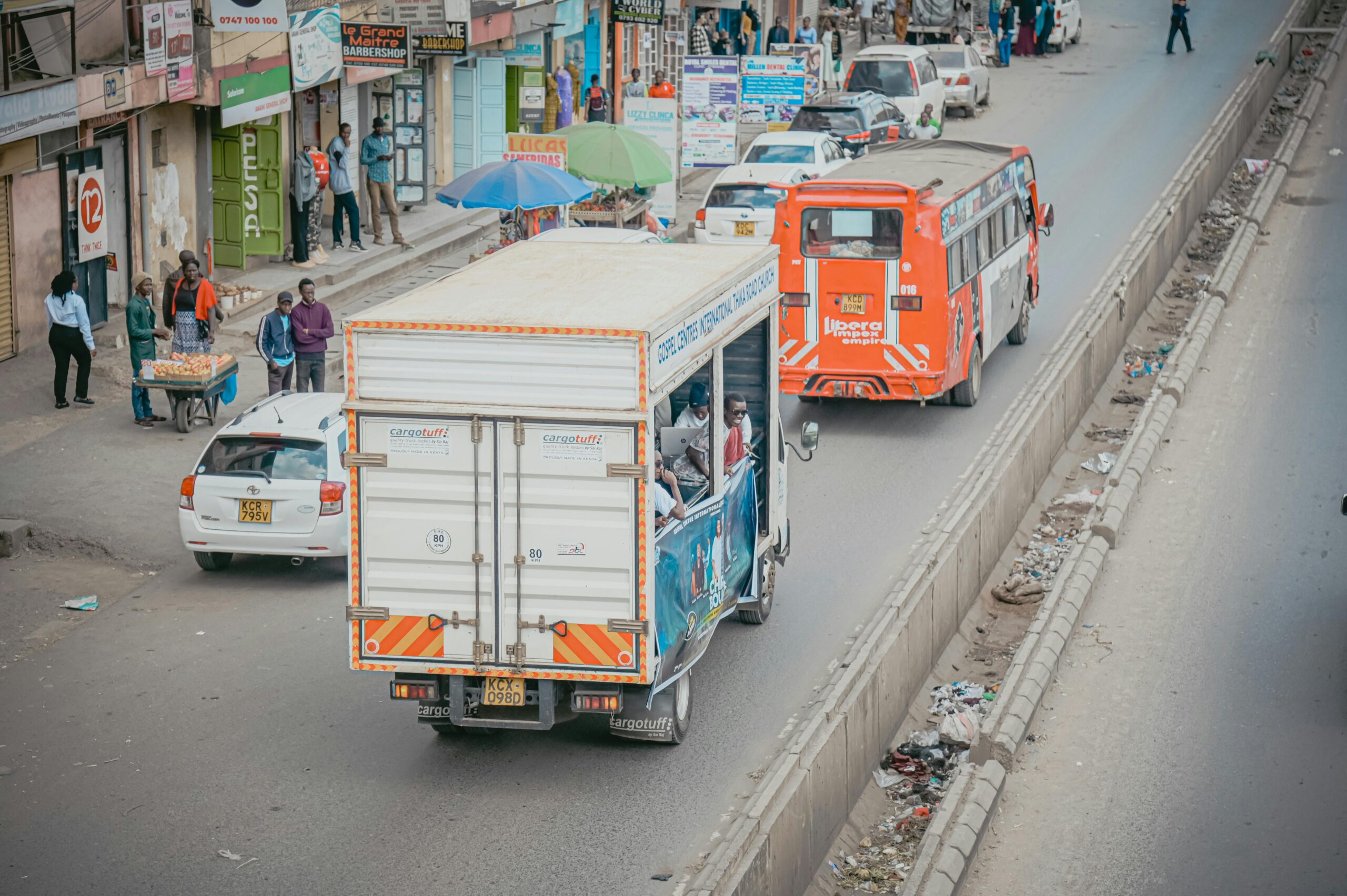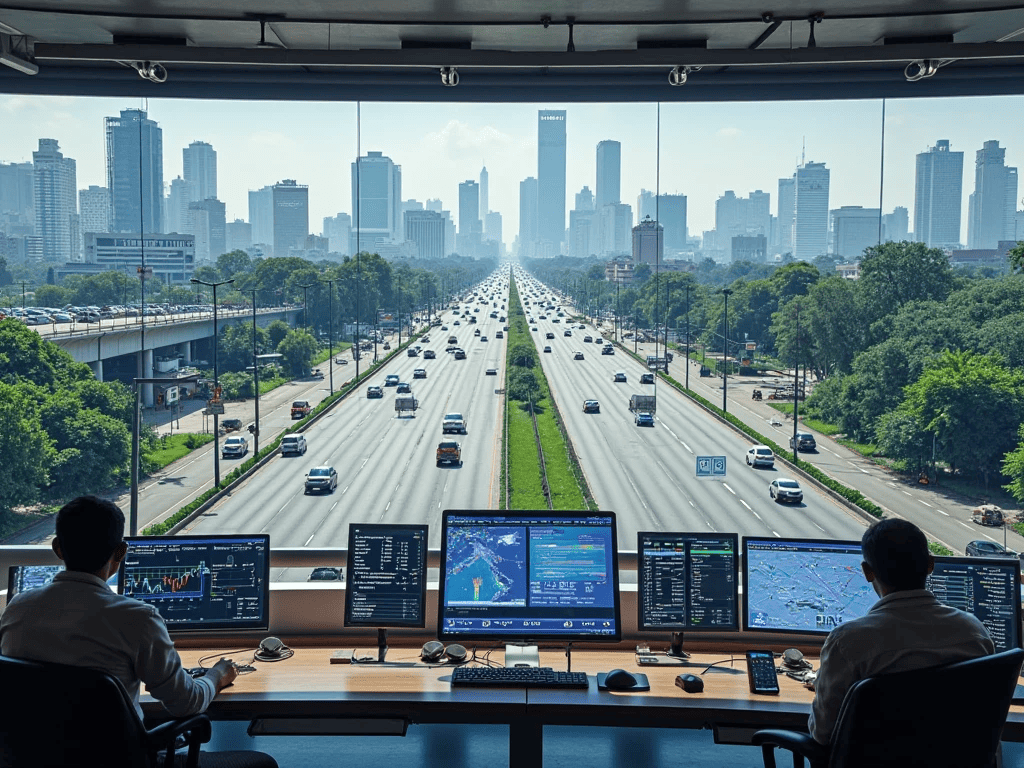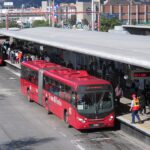Samsung to Build KSh 7.9 bn Traffic System for Nairobi
Samsung has been awarded a KSh 7.9 billion contract to develop a smart traffic system for Nairobi, aiming to ease congestion and enhance road safety in the capital.
Kenya has awarded Samsung Construction & Trading Corporation a KSh 7.9 billion contract to design and deploy the first phase of Nairobi’s Traffic System. The ambitious project promises more intelligent traffic management, fewer delays, and safer roads—part of Nairobi’s bid to become a livable, modern city.
A Legal and Public Scrutiny Without Lawsuit, Yet Relevant
Unlike some past projects, this one has not triggered formal legal challenges, but stakeholders remain alert. There is an ongoing debate over procurement transparency and the role of local firms in a contract backed by South Korean financing. The consortium won the bid after the Kenya Urban Roads Authority (KURA) floated an international tender in 2023, fueling concerns that Kenyan contractors remain sidelined in major infrastructure deals despite taxpayers ultimately footing the bill.
Details of the Project
The Traffic System for Nairobi project under Phase 1 will feature a Traffic Management Centre (TMC) constructed at City Cabanas along Mombasa Road. Samsung C&T, working with the Kenya Urban Roads Authority (KURA), will upgrade 25 city junctions, including key intersections like Moi/Kenyatta Avenues, Koinange/Kenyatta Avenues, Mbagathi Way/Lang’ata Road, and Limuru/Muthaiga Roads.
The initiative includes the installation of:
- Smart traffic signals and controllers.
- CCTV surveillance.
- Vehicle Enforcement Systems (VES) and Detection Systems (VDS).
- Variable Message Signs (VMS).
- A robust communication network to feed real‑time traffic data to the TMC.
Samsung’s contract is part of the Economic Development Cooperation Fund, financed by Korea’s Export‑Import Bank. The project is slated to begin in April 2025 and wrap up by February 2027.’

Strategic Rationale Behind the Traffic System for Nairobi
According to the Transport CS Kipchumba Murkomen (2022-2024), Nairobi loses an estimated Sh120 billion annually due to traffic gridlock. The Traffic System for Nairobi is intended as part of broader modernization efforts under Kenya’s Vision 2030, seeking to reduce the traffic burden, lower emissions, enhance safety, and ease travel for millions of commuters.
The Intelligent Transport System (ITS) will replace manual traffic control with AI-driven signal timing—responding dynamically to traffic patterns and reducing typical wait times. It also aims to free traffic police from junctions, focusing on enforcement and planning.
Concerns Over Local Involvement and Procurement Laws
Critics have yet to escalate to court, but echoes of concern persist regarding the exclusion of local companies and engineers. Article 227 of the Kenyan Constitution mandates fairness and inclusivity in public procurement. Many question how foreign‑financed deals can coexist with these principles when local firms are effectively barred from participating in high‑value contracts—even as taxpayers repay the loans.
Government officials, however, argue that concessional loans—like those from Korea’s Exim Bank—are vital for national development, providing both funding and technical support. They also point to mandatory procurement clauses tied to the lender as standard features of concessional financing.
Transforming Nairobi’s Daily Commute
If implemented effectively, the Traffic System for Nairobi could reshape travel across the metropolis. Key goals include reducing congestion, slashing road fatalities, and improving environmental conditions. Furthermore, the data generated by the Traffic Management Center (TMC) can inform future infrastructure planning and policy decisions—a boon for long‑term urban development.
However, the ultimate success will depend on execution: timely delivery, operations oversight, and voluntary public acceptance, among some mega project management challenges in African infrastructural projects. Local firms expect pathways for maintenance contracts, retraining, and future integration into Kenya’s growing ecosystem of transport tech services.

What Lies Ahead for Nairobi
Construction will begin in April 2025, with groundwork for the TMC and field equipment installations to follow shortly. Real-time monitoring at the center is anticipated by mid‑2026, while full junction integration and system testing should wrap up by early 2027.
Throughout the rollout, we expect close coordination between KURA, Samsung, Nairobi County officials, the NTSA, and Transport and Infrastructure. CS Davis Chirchir and KURA leadership have emphasized capacity-building for engineers and smooth system transition post-contract.
The coming months will test Nairobi’s resolve to balance global partnerships with domestic empowerment—setting a precedent for innovative city development across East Africa.
Stay Updated on Industry Trends
The African construction and mobility landscape is rapidly evolving from high-tech traffic control systems to regional sustainability initiatives and infrastructure partnerships. Visit ConstructionFrontier.com for profound analysis, future project insights, and sector trends you can trust.





